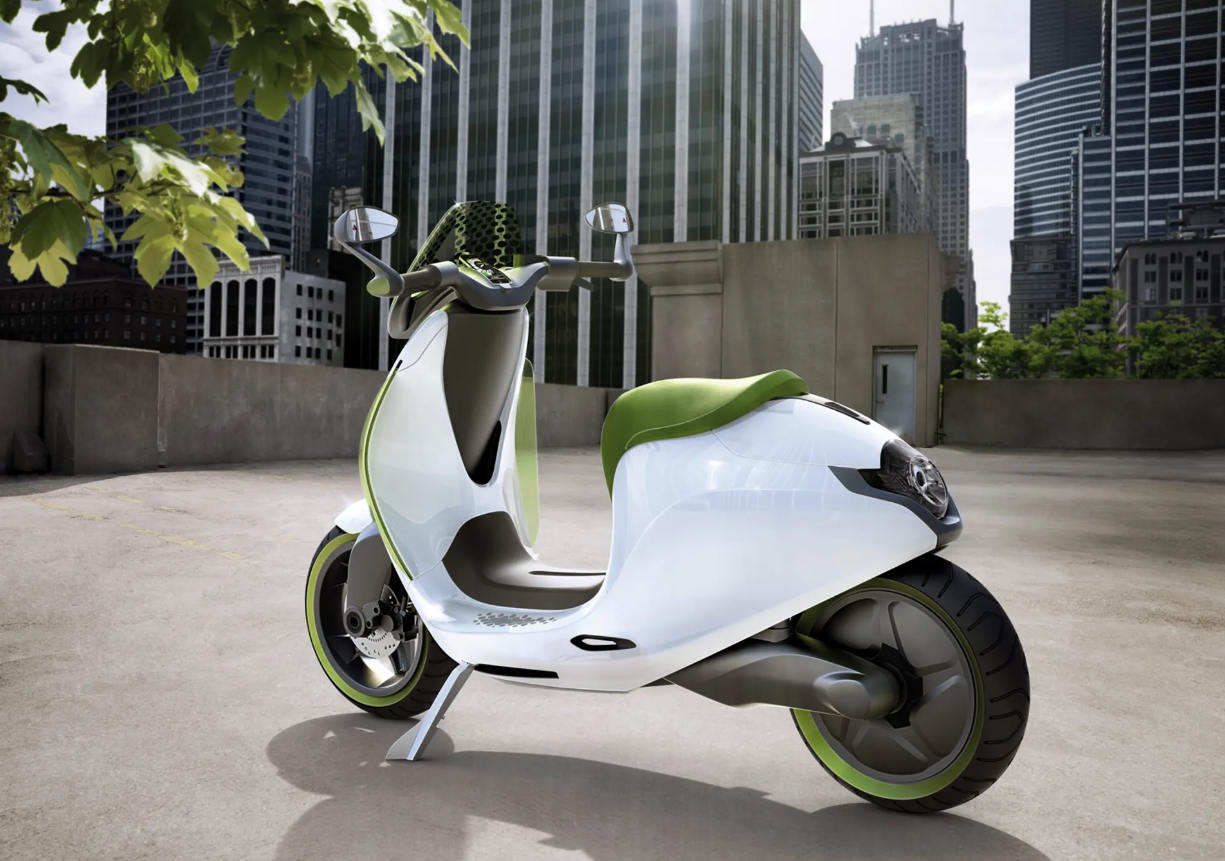Electric vehicles (EVs) are not only redefining the present but also shaping the future of transportation. As technology advances, climate concerns intensify, and public policies evolve, EVs are becoming the centerpiece of a global shift toward cleaner, more efficient mobility. In this article, we’ll explore the transformative future of electric vehicles, diving into emerging trends, challenges, and their potential impact on industries, economies, and the planet.
The Vision for Electric Vehicles by 2030
By 2030, the electric vehicle market is projected to grow exponentially, with EVs accounting for nearly 50-60% of global new car sales. This dramatic increase will be driven by several factors:
- Technological Innovation: Rapid advancements in battery technology and charging infrastructure are making EVs more practical, affordable, and accessible.
- Policy Support: Many countries have announced plans to ban the sale of internal combustion engine (ICE) vehicles by 2030 or 2035, spurring automakers to shift entirely to electric production.
- Consumer Preferences: Growing environmental awareness and the desire for energy independence are pushing more people toward EVs.
Emerging Trends in the EV Ecosystem
- Battery Breakthroughs
One of the biggest hurdles for EV adoption has been battery performance. However, the future holds significant improvements:
- Solid-State Batteries: These next-generation batteries promise greater energy density, faster charging, and enhanced safety compared to traditional lithium-ion batteries.
- Increased Range: EVs of the future will boast ranges exceeding 500 miles per charge, eliminating range anxiety for most drivers.
- Recycling and Circular Economy: Advances in battery recycling will ensure that materials like lithium, cobalt, and nickel are reused, minimizing environmental impact.
- Ultrafast Charging Networks
The future of EVs relies heavily on charging infrastructure. By 2030, charging stations will be ubiquitous, offering ultrafast charging that can replenish an EV’s battery in under 10 minutes. Innovations like wireless or inductive charging—where vehicles charge automatically while parked or even while driving—will further enhance convenience. - Integration with Renewable Energy
Future EVs will serve as energy hubs, seamlessly integrating with renewable energy sources. Vehicle-to-Grid (V2G) technology will allow EVs to store excess solar or wind energy and feed it back into the grid during peak demand, contributing to a more resilient and balanced energy system. - Autonomous Electric Vehicles
The convergence of EVs and self-driving technology will revolutionize mobility. Autonomous electric vehicles will dominate urban transportation by offering shared, on-demand services. This shift could significantly reduce the number of privately owned vehicles, easing traffic congestion and lowering urban emissions. - Affordable EVs for Everyone
As battery production scales and costs decrease, EVs will become affordable for the average consumer. Governments and automakers are already working to launch budget-friendly EV models, ensuring that the transition to clean mobility is inclusive and widespread.
The Role of Governments and Corporations in the EV Future
- Policy Leadership
Governments will play a critical role in accelerating EV adoption. Policies like subsidies, tax incentives, and investments in charging infrastructure will continue to make EVs accessible. Many nations are also investing in local manufacturing to reduce dependency on imported components. - Corporate Innovations
Automakers and tech companies are at the forefront of the EV revolution. Brands like Tesla, Rivian, and BYD are pushing innovation boundaries, while legacy manufacturers like Ford, GM, and Volkswagen are transitioning to all-electric fleets. Partnerships between energy providers and automakers will ensure seamless integration of EVs into smart grids.
Future Challenges in the EV Space
While the future of electric vehicles is bright, several challenges remain:
- Raw Material Supply
The rapid increase in EV production will heighten the demand for key raw materials like lithium, cobalt, and rare earth metals. Ensuring sustainable mining practices and developing alternative materials will be essential. - Infrastructure Expansion
Although charging infrastructure is growing, achieving universal coverage will require significant investment and coordination, especially in developing regions and rural areas. - Energy Grid Capacity
As EV adoption rises, electricity demand will soar. Governments and utilities must upgrade power grids to accommodate this surge without causing blackouts or price hikes. - Consumer Hesitancy
For many consumers, misconceptions about EVs’ reliability, cost, and performance still linger. Comprehensive education campaigns and demonstrations will be vital to dispel myths and increase trust.
Electric Vehicles’ Impact on the Economy
The EV revolution will reshape economies around the globe. Key impacts include:
- Job Creation
The EV sector will generate millions of jobs in manufacturing, software development, renewable energy, and infrastructure deployment. While traditional automotive jobs may decline, reskilling programs can bridge the gap. - Energy Independence
Countries investing in EVs and renewable energy will reduce their reliance on imported oil, strengthening energy security and reducing exposure to volatile fuel prices. - Sustainable Supply Chains
EV production will lead to greener supply chains as automakers and suppliers adopt sustainable practices to meet regulatory and consumer demands.
Environmental Benefits of the EV Future
The widespread adoption of electric vehicles will profoundly benefit the environment:
- Carbon Emission Reductions
EVs, when powered by renewable energy, will drastically cut greenhouse gas emissions, helping countries meet climate targets like those set in the Paris Agreement. - Cleaner Cities
Cities with high EV penetration will experience cleaner air, reducing health problems caused by pollution and enhancing quality of life. - Reduced Noise Pollution
EVs operate almost silently, contributing to quieter and more peaceful urban environments.
The Road Ahead: 2040 and Beyond
Looking further into the future, the role of electric vehicles will expand beyond personal transportation. By 2040:
- Entire logistics networks will be electrified, with electric trucks and drones dominating freight transport.
- Flying electric vehicles may revolutionize urban mobility, offering efficient solutions for overcrowded cities.
- Global economies will have transitioned to clean energy ecosystems where EVs are integral components.
Conclusion
The future of electric vehicles is poised to transform not only the transportation industry but also energy systems, economies, and the way we live. While challenges remain, the combination of innovation, policy support, and public demand is paving the way for a cleaner, smarter, and more sustainable future. The electric vehicle revolution is not just about replacing cars—it’s about creating a world where transportation aligns with the planet’s needs and humanity’s aspirations.
By embracing the EV future today, we take a decisive step toward a sustainable tomorrow.
Internal Link :- opticalsworld








